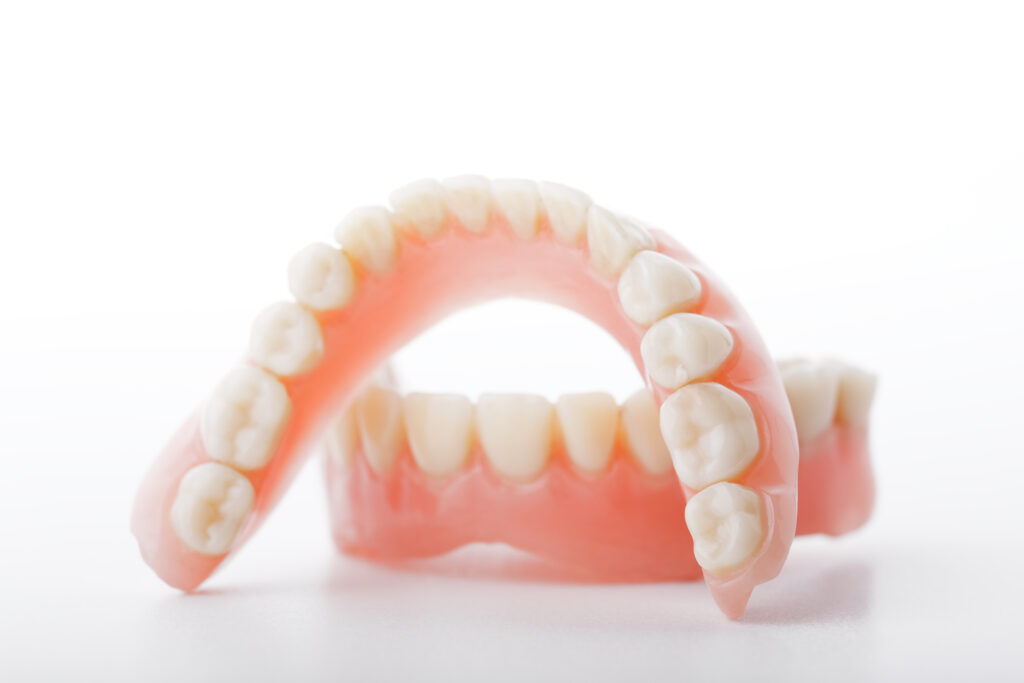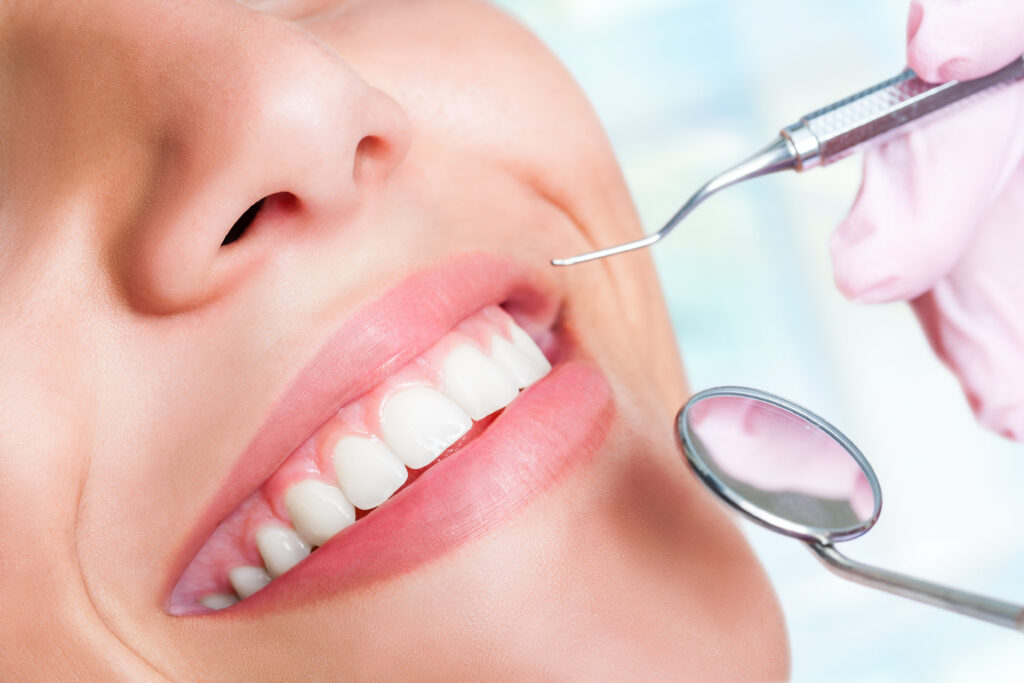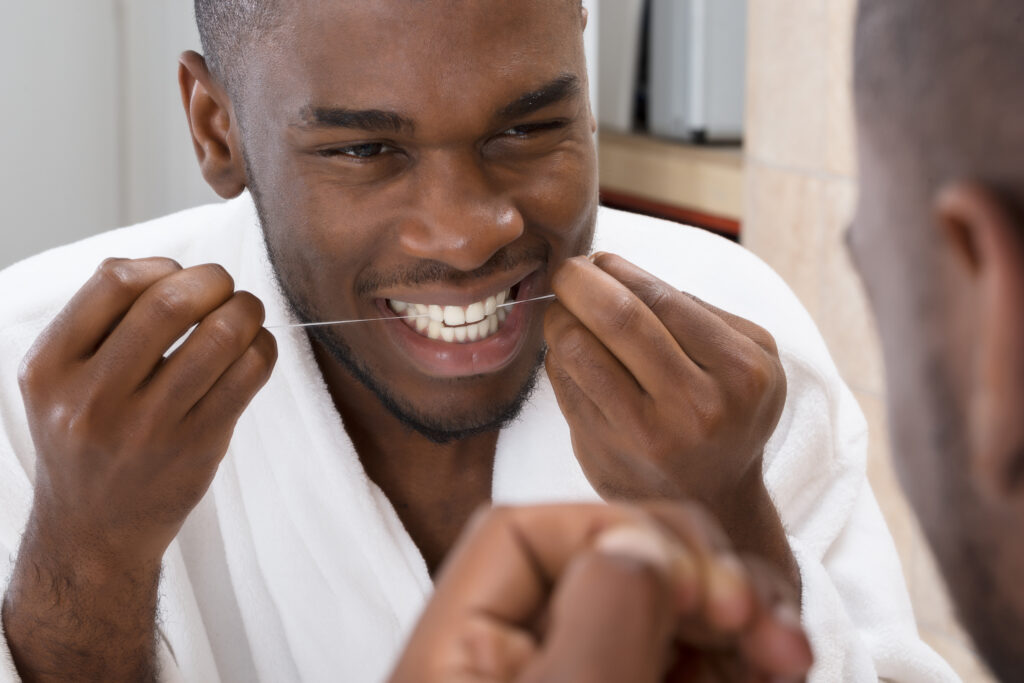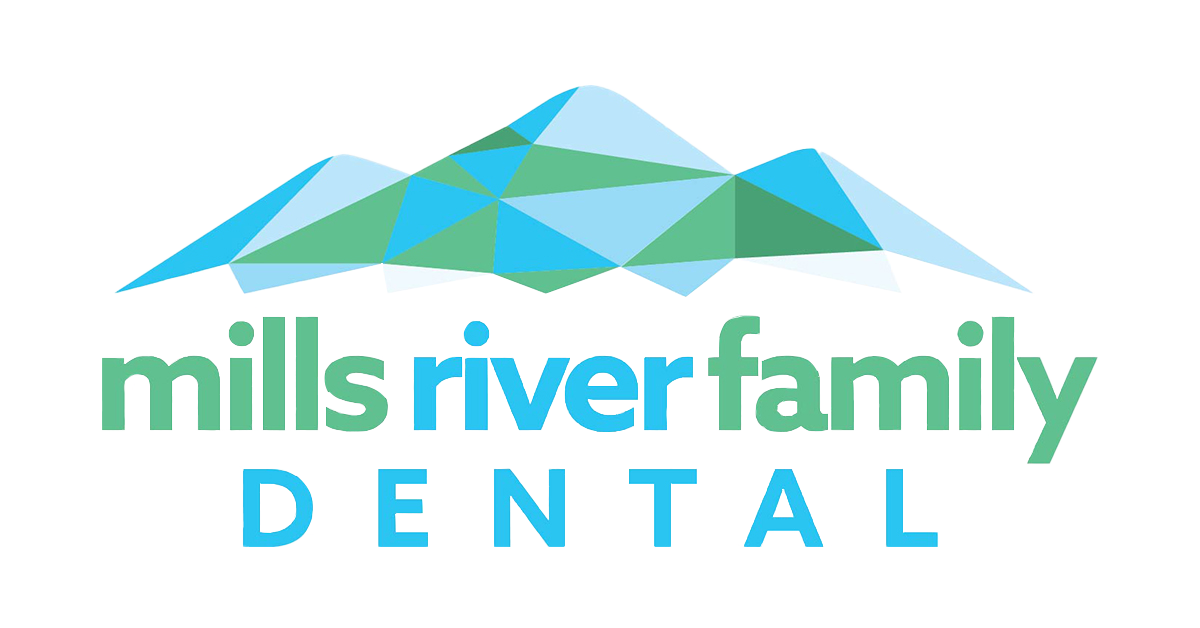
While you don’t need to know the medical terms for all of the parts of a tooth to visit the dentist, knowing the parts of your teeth may help you take better care of them. Knowing these terms can help you impress your dentist and help you know which parts of your teeth and jaw are important to pay attention to.
These are not all the terms that deal with tooth and jaw anatomy, but they are some of the most common and important for the typical person to know.
Cusp
This is the top portion of the tooth; the tip or point. Canine teeth have one cusp, while pre-molars or bicuspids have two. Molars can have four or five cusps or points.
This part of the tooth is used for the tearing and grinding of foods during chewing.
Dentition
This is the word used to describe your whole set of teeth. Your dentition is used to determine what kind of species you are and how they are arranged. Dentition includes the arrangement of teeth, the kind of teeth, the number, and the age of teeth.

Dentin
The tissue of the tooth between the pulp and the enamel and cementum; is the majority of the tooth. The dentin contains microscopic tubules or small hollow tubes that allow hot, cold, acidic, and sticky foods to stimulate the nerves and cells inside the tooth, which causes sensitivity.
Enamel
The tissue covers the crown of the tooth. Enamel is the hardest substance/tissue in the body and is visible outside of the gums. Enamel is translucent so you can see light through it. Although it is the hardest substance, it can still wear down and deteriorate without proper care.
Gingiva
The tissue surrounding teeth also known as the gums, the gingiva is fibers that help hold gum tissue firmly against the teeth.
Mandibular
The mandibular is the largest bone in the skull and holds the lower teeth in place. It also assists in chewing and forms the lower jawline. It is also one of the strongest bones in the facial skeleton.
Maxillary
These bones form the upper jaw and are irregularly shaped that fuse together in the middle. The maxillary is part of the lower part of your eye sockets as well as the sides of your sinus and nasal cavities. This part of the skull helps to hold the upper teeth in place, makes the skull less heavy, and increases the volume and depth of the voice.

Occlusal
This is the chewing surface of your larger back teeth. The teeth in the posterior of your mouth help to grind and bite foods so that your tongue can push the food down your throat.
Since this part of the tooth sees the most use, you are likely to see more wear and tear on these areas and possibly more cavities.
Pulp
The innermost part of the tooth contains the blood vessels and nerves. The pulp is a mass of connective tissue directly beneath the layer of dentin. The two tissues work together and often depend on each other for development and survival.
Quadrant
Your mouth is divided into 4 quadrants, the upper right is the first quadrant and moves in a clockwise direction. The four quadrants are made of 8 teeth and help dentists and hygienists know where they are working.
Quadrant teeth cleaning also takes care of the tissue and problems beneath the gums. This cleaning helps to avoid gum disease and can keep individuals from getting gum disease.
Succedaneous
This term refers to the permanent teeth that replace the 20 primary teeth. Permanent molars are not considered succedaneous teeth because when they come in, they don’t replace past teeth.

Want To Learn More About The Parts Of the Tooth?
We at Mills River Dental are passionate about helping our customers increase their knowledge about their teeth and improving their overall oral health. If you are in need of a dental cleaning or have a dental issue that you want checked out, one of our talented dental hygienists would be happy to help you out. For more information, feel free to reach out to us today.

Follow Us